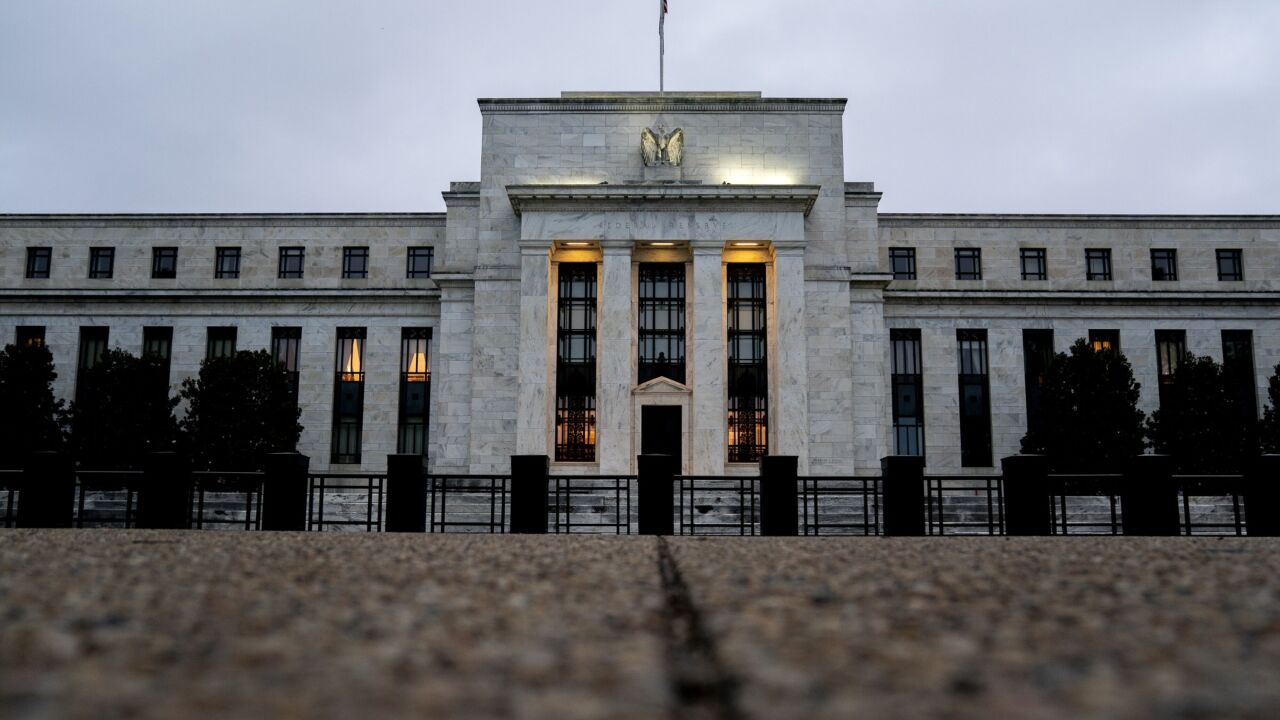Congress enacted the Bank Holding Company Act's anti-tying provision, which I wrote, 35 years ago. In August 2003 the Federal Reserve Board proposed an "interpretation" that would emasculate it.
Because the Fed was considered the regulatory agency least biased in favor of banks, it was given discretion to grant such exceptions to the anti-tying provision "as it considers will not be contrary to the purposes" of the statute.
Congress never envisioned that the Fed would use that authority to render the provision impotent. Yet the Fed, the Comptroller of the Currency, and the Justice Department's antitrust division have been doing just that - and recently Congress' watchdog agency, the GAO, whitewashed their actions.
Parallel laws and regulations applicable to banks, bank holding companies, and their thrift counterparts, whether large or small, state or federal, are designed to prevent them from imposing anticompetitive conditions on their customers.
The anti-tying provision exempts so-called "traditional banking practices" from its per se illegality, so banks and savings associations may take measures to protect their loans and safeguard their investments.
However, when a bank or thrift clearly oversteps the bounds, the provision provides for treble damages as well as attorney's fees.
Regrettably, the Fed has ignored the provision's language and legislative history. For example, the agency used its authority to exclude "traditional bank products" offered by an affiliate of the bank.
Also, the Fed has expressly prohibited only coercive tying arrangements, ignoring a federal decision from the Fifth Circuit. Any requirement of coercion is inconsistent with and more stringent than what Congress intended; voluntary as well as coercive ties violate the anti-tying provision.
The provision is unique in antitrust law in that the plaintiff need not show "anticompetitive effects." Similarly, nowhere in the statute's original legislative history is there any basis for interpreting the provision to apply only to banks (or savings associations), and not to individual defendants as well. Nor does that history preclude both punitive and treble damages.
The agencies have not vigorously championed the provision's avowed purpose - to protect customers and the public against anticompetitive practices and abuses. In fact, the Fed and the OCC have arguably done the bidding of financial institutions instead of fostering the public good.
Most disturbing is the recent position taken by the Department of Justice's antitrust division, which has advocated that the Fed interpret the anti-tying provision "to be consistent with, and not broader than, the federal antitrust laws" - by expanding the "range of exemptions" or exceptions, if necessary.
Such views constitute a complete reversal of policies that the division enunciated when the provision was enacted. In essence, the division has advocated that the Fed rewrite the law.
There is no doubt that the Fed's adopting the division's recommendations and legislating by exception would be illegal and subject to being struck down by the judiciary. Surely the public deserves something better from those entrusted with safeguarding their interest.
Because the government is ill equipped to ferret out tying abuses, courts and regulators should not constrain private litigants and their counsel from obtaining treble-damage recoveries. The anti-tying provision will reduce bank misconduct and benefit consumers only if regulators and the judiciary promote the rights of private litigants to police abuses.





